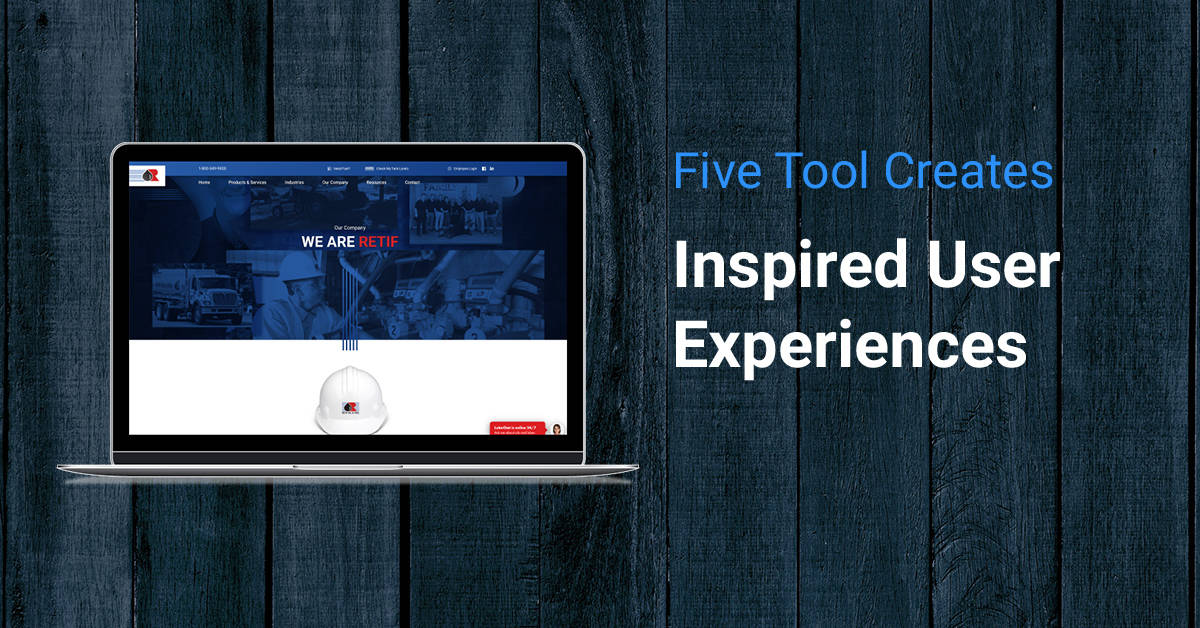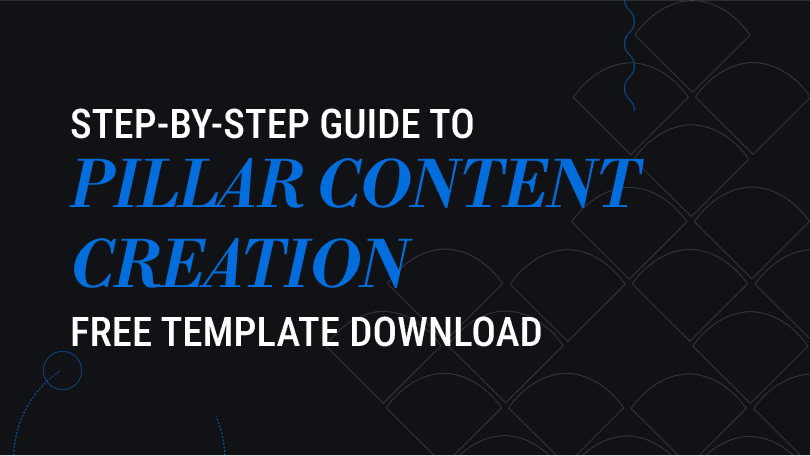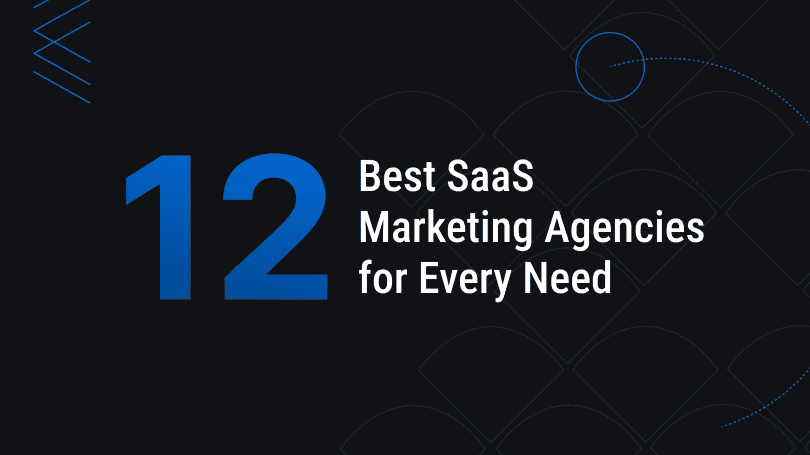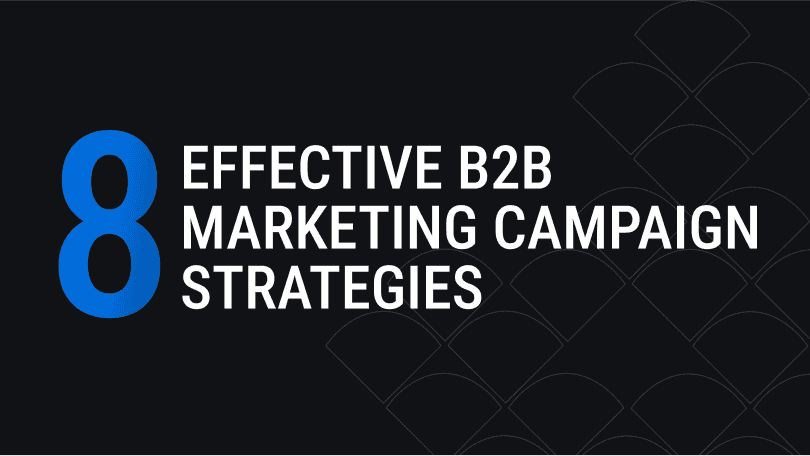When you don’t know where you’re going, what do you do?
For instance, when I’m driving, I’ll do what almost everyone else does. I fire up Waze as my guide.
Of course, it wasn’t always so easy. First, it was paper road maps. Next, printing out questionable Mapquest directions. And today, an app on my phone.
While all these tools have the same basic elements (e.g. routes, landmarks, distances, etc.), the experience is very different. Waze allows me to get where I’m going easier and with way less frustration.
Likewise, your website is also a navigation tool. It contains the same basic elements as other websites (pages, forms, links, etc). However, the ease for your customer to reach their destination will determine whether your site is their can’t-live-without navigator. Or, if it’s like Mapquest directions – taking them to the wrong road, in the wrong city.

So how do you transform your website into your customer’s go-to resource?
After countless website projects, the answer to three questions ultimately defines our process for creating websites with ideal user experiences.
- Who are the most important visitors landing on our site (in order of priority)?
- What information, and in what order, do they need to reach their destination?
- How do we build the site that gets them to their destination faster than anyone else?
What better way to illustrate this than with a real-world example. The following project began with a company motivated to provide their customers with an experience unmatched by any competitor.
Retif Faces New Challenges
Retif Oil & Fuel is a third generation, family owned, oil and fuel distributor in New Orleans. With over 50 years in the business, most of their customers came from word of mouth. However, the environment was changing. Retif was expanding into new areas with new services – areas where their brand didn’t carry as much weight.
The other challenge they were facing was national competitors. Customers were expecting vendors like Retif to provide product information online in an easy-to-find format – an area where national competitors were way ahead.
Facing these challenges, the team at Retif decided it was time to replace their dated site. The vision for the new site was two-fold:
- Attract new business with a modern website that showcased the reliability of the company and the breadth of services
- Translate their customer knowledge and experience into a website that showcased their understanding of customer needs
Planning the Pathways
Five Tool was engaged to help Retif make this vision a reality. After in-depth discussions with Retif’s team and competitor research we identified the three tasks most critical to the success of the project:
- Identify the most important visitors to the website and group them
- Determine the intent for each group – what are they hoping to get out of the site
- Create clear pathways enabling each group to find what is most relevant
Next, we narrowed the focus of the site down to three segments
- New Visitors / Prospects wanting to learn about the company
- Customers / Prospects looking for additional information on products / services
- Current Customers experiencing an issue with their current service
Now, with the groundwork laid, we began building!
Building the Buyer Pathways
To better illustrate, the following videos provide a visual walkthrough of buyer pathways from the user’s perspective.
Buyer Pathway: Prospects
So, let’s begin with the pathway we created for new visitors to the site. For this segment, we know the visitor is a prospective customer looking to learn more about Retif Oil & Fuel.
Buyer Pathway: Current Customers
The following video takes a deeper look at how we organized the product page for current customers. Let’s take a look at how filters, interactive page elements, page layout, and design all work together to quickly get the customer where they want to be.
Once the customer has used filters to find the product they want, the individual product cards contain interactive elements to provide the user with all the details and resources for a given product.
Buyer Pathway: Current Customers
Now, it’s reasonable to assume customers will end up on our homepage when they have a problem. For those customers, we addressed two key questions with the design of Retif’s homepage:
- What are the various reasons a customer might need to get in touch
- For each reason, what is the preferred channel of communication
Pathways Built With Purpose
In the end, we have a website where every section on every page has a specific purpose. And more importantly, each section is another step in helping Retif’s customers and prospects reach their desired destination.
Looking to build a map to help your customers reach their destination? We’d love to see how we can help. You can reach me at [email protected] or click here to get in touch.




